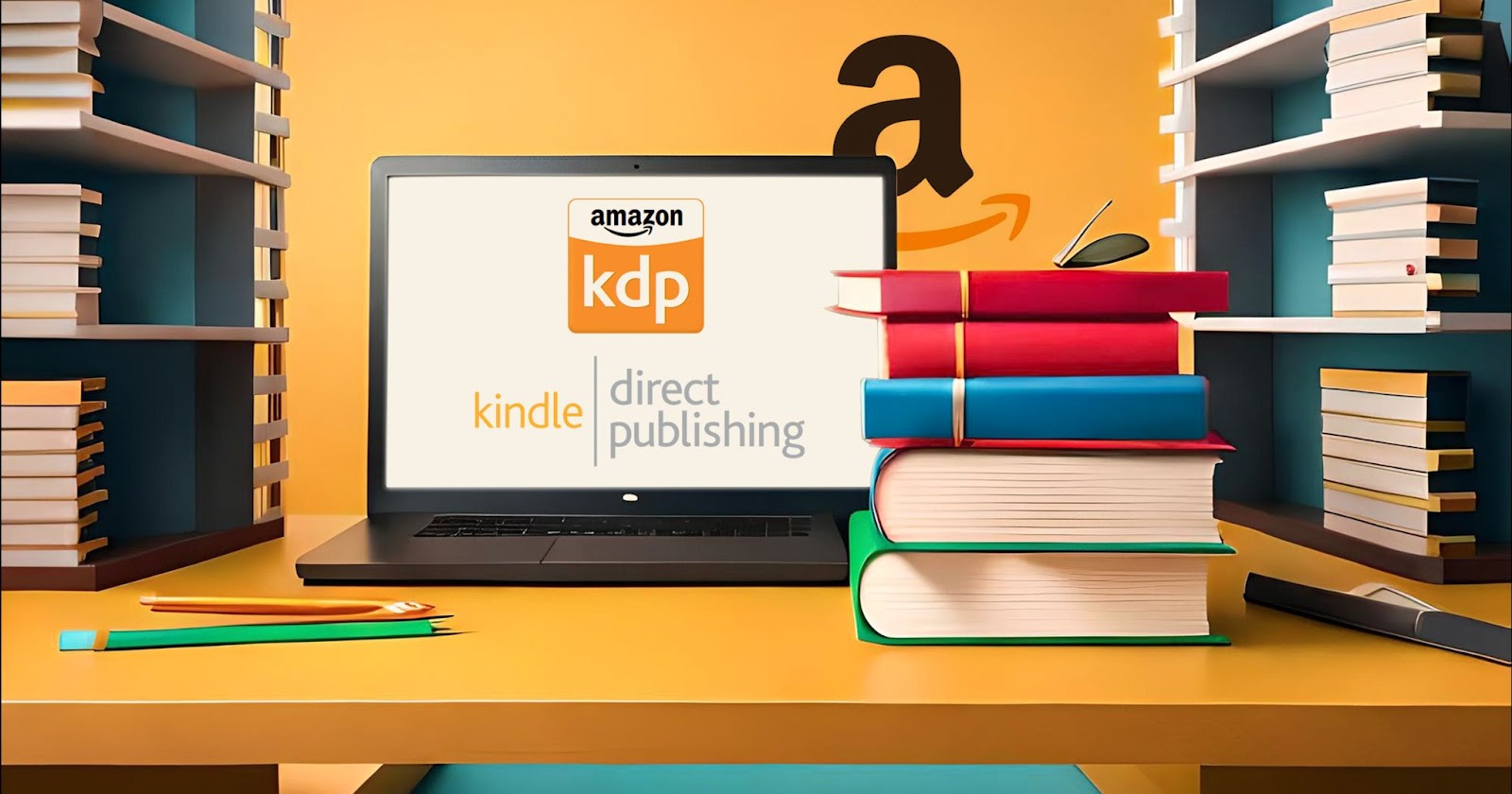29 Results in the "Beginner Help" category
-

In the vast sea of books available on Amazon KDP, effective keyword selection can make or break your book’s discoverability. In this comprehensive guide, we’ll dive deep into the world of Amazon KDP keywords and provide you with actionable tips and strategies to help your book gain better visibility. Understanding Amazon KDP Keywords Amazon KDP allows authors to input up to seven keywords or…
-

Marketing your book on Amazon’s Kindle Direct Publishing (KDP) platform is essential for attracting readers and boosting sales. With millions of books available on Amazon, it’s crucial to implement effective strategies to make your book stand out. In this comprehensive guide, we’ll explore various techniques and best practices to help you market your book successfully on Amazon KDP. Optimizing Your Book Listing Your book’s…
-

Writing an effective book description is crucial for capturing the attention of potential readers and driving sales on Amazon’s Kindle Direct Publishing (KDP) platform. A well-crafted description can make the difference between a book that flies off the virtual shelves and one that gets lost in the vast ocean of titles. In this comprehensive guide, we’ll explore proven best practices to help you craft…
-

Are you an author looking to self-publish your book? Amazon Kindle Direct Publishing (KDP) is one of the most popular platforms for self-publishing ebooks and paperbacks. In this comprehensive guide, we’ll walk you through the step-by-step process of publishing your book on Amazon KDP. Step 1: Create an Amazon KDP Account Before you can publish your book, you’ll need to create an account on…
-

In the vast ocean of literary works, making your book stand out from the crowd can be a daunting task. However, with creativity and strategic thinking, you can craft advertising campaigns that captivate your target audience and propel your book to new heights. Embrace the power of innovative marketing strategies, and watch as your book’s journey unfolds with remarkable success. The Art of Storytelling:…
-

Are you an author looking to self-publish your book on Kindle Direct Publishing (KDP)? Proper formatting is crucial to ensure your book looks professional and appealing to readers. In this comprehensive guide, we’ll cover essential formatting tips to help you create a polished and engaging book that stands out in the Kindle store. Why Proper Formatting Matters Proper formatting is essential for several reasons:…
-

In the ever-evolving world of self-publishing, the ability to format your book for print is an invaluable skill. Whether you’re a seasoned author or a budding wordsmith, creating a polished and professional-looking print book can be a daunting task. Fear not, for in this comprehensive guide, we’ll unveil the secrets to transforming your manuscript into a print-ready masterpiece that will captivate readers and stand…
-

Social media has become an indispensable tool for authors and publishers to promote their books and connect with readers. With billions of active users across various platforms, social media offers a vast audience and numerous opportunities to reach potential readers. However, with so much content vying for attention, it’s crucial to develop an effective social media strategy to make your book stand out. In…
- 1 2 … 4 Next
